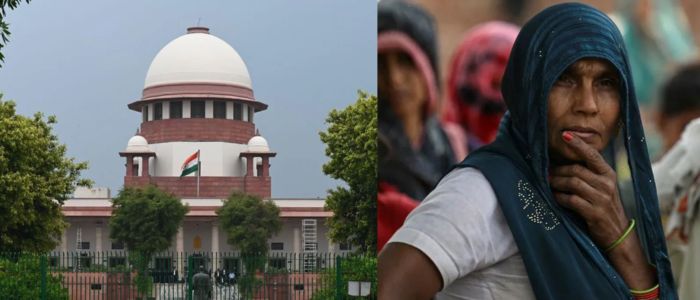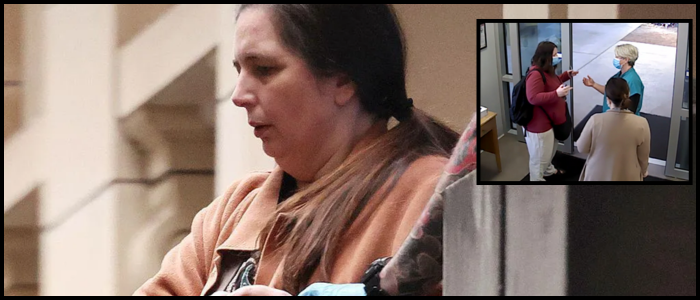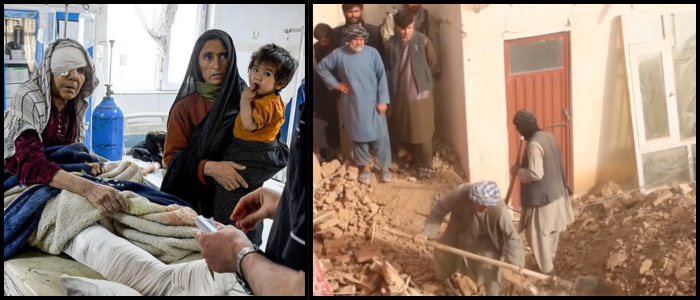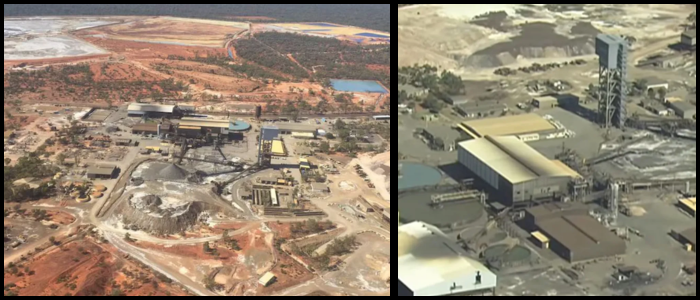The bodies were transferred to the Nuseirat al-Awda Hospital, which received sixteen other injured people, including seven children, a doctor at the hospital said.
Eyewitnesses said a drone-fired missile struck the crowd which had gathered next to a water tanker. The Israeli military said a "technical error" had occurred in a strike against an Islamic Jihad operative, causing the munition to miss its intended target by dozens of meters.
The Israeli Defense Forces said it was investigating the incident and was sorry for any civilian loss of life, though it stressed it was working hard to limit such casualties.
Footage from the aftermath appeared to show people helping injured civilians as yellow jerry cans were strewn on the ground. It was pinpointed by comparing rooftops, trees, and poles in the vicinity, about 80 meters south-west of Nuseirat Junior High School and near a kindergarten.
Even though there was video evidence, it's still not clear what specifically hit the place or where the munition came from.
Violence intensifies as Gaza conditions deteriorate
The strike came during a flurry of Israeli airstrikes over Gaza. The Gaza Civil Defense Agency said 19 others were killed Sunday in airstrikes on buildings in Gaza City and central Gaza used by the residential buildings campaign.
The International Committee of the Red Cross said its field hospital in Rafah had handled more cases of mass casualties in the past six weeks than last year as a whole. Only on Saturday, about 132 patients arrived with weapon-related wounds and 31 of them died.
Most of the patients had gunshot wounds and were traveling to food distribution points. More than 3,400 patients treated since 27 May have sustained weapon injuries, of whom more than 250 deaths have been recorded.
And in southern Gaza, Nasser Hospital reported 24 killed in the vicinity of an aid distribution point on Saturday, and witnesses said Israeli troops fired on people lined up to get food.
The Israeli Defense Forces have denied that injuries were inflicted in that incident, saying that warning shots were fired only at fictitious attackers.
Since May, at least 789 deaths were recorded near aid areas, with 615 occurring around Gaza Humanitarian Foundation sites, the UN human rights office reported.
An additional 183 deaths occurred close to the UN and other aid convoys. Israel admitted civilian harm in a few cases and said it was seeking to decrease friction between its forces and civilians.
The Gaza Humanitarian Foundation disputed the UN's numbers, claiming they were wrong but conceding there were deaths near their aid zones.
Humanitarian Crisis Worsens as Fuel Grows Scarce
After the Hamas assault on 7 October 2023, which claimed approximately 1,200 Israelis and took 251 as hostages, Israel intervened militarily in Gaza. Since then, a Hamas-run health ministry says at least 57,882 people have died in Gaza.
Most of Gaza's population has been displaced multiple times, with more than 90 per cent of homes damaged or destroyed.
The healthcare and other critical services have been crippled, resulting in acute shortages of food, fuel, medicines, and shelter. Last week, 75,000 liters of fuel were allowed in for the first time in 130 days, but aid agencies said the amount is a fraction of what Gaza needs on a daily basis.
Nine United Nations agencies warned that there is a critical shortage of fuel, which is threatening to cripple hospitals, water systems, sanitation, and food production. Hospitals are already closing down essential services, with ambulances unable to run, and intensive care units collapsing.
World
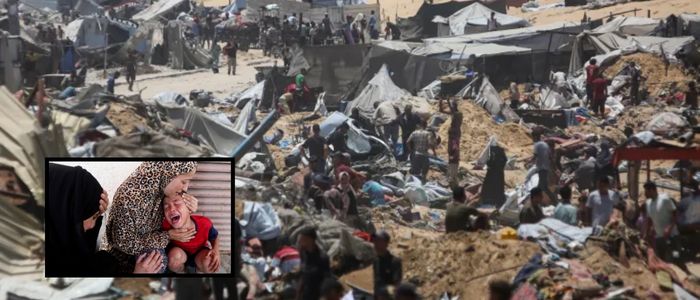
Israeli Strike Kills Children in Gaza Amid Rising Casualties

Emergency service officials said 10 people, six of them children, were killed Sunday in an Israeli air strike in central Gaza. The deaths occurred as the victims waited to refill water bottles at the al-Nuseirat refugee camp.



